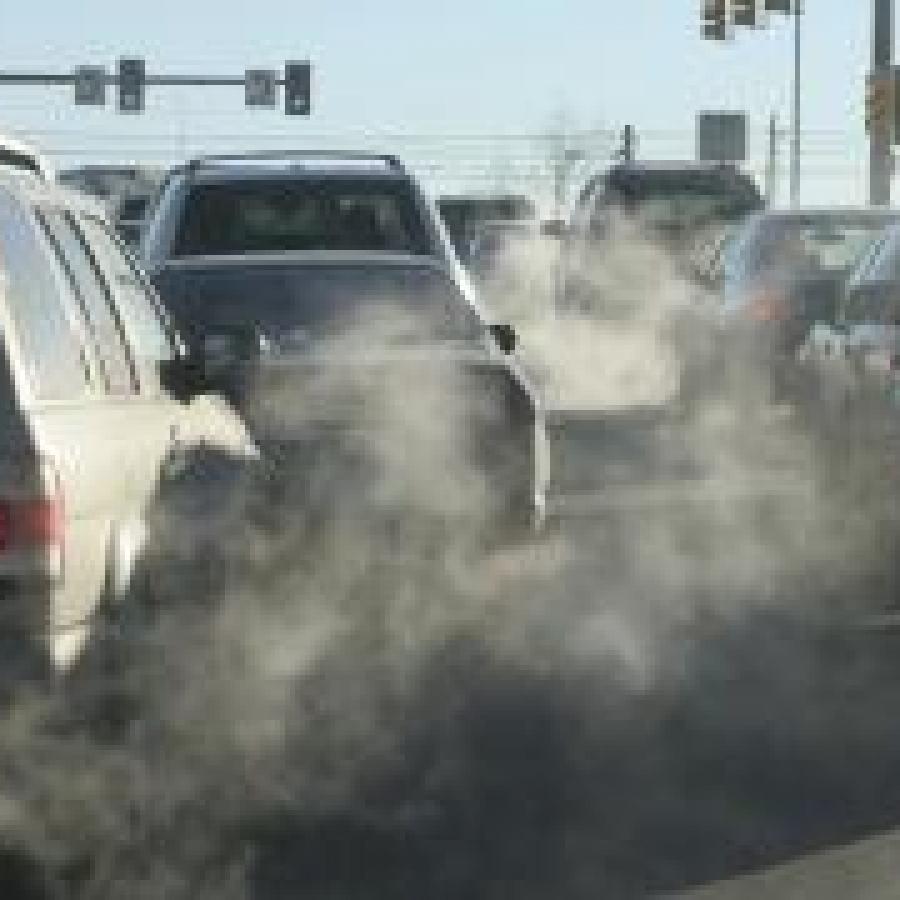Insights & Analyses
- insight 1
- insight 2
Drivers of Inequity
Vestibulum ac diam sit amet quam vehicula elementum sed sit amet dui. Donec sollicitudin molestie malesuada. Vivamus suscipit tortor eget felis porttitor volutpat. Lorem ipsum dolor sit amet, consectetur adipiscing elit. Quisque velit nisi, pretium ut lacinia in, elementum id enim. Donec rutrum congue leo eget malesuada. Nulla porttitor accumsan tincidunt. Curabitur aliquet quam id dui posuere blandit. Proin eget tortor risus. Vivamus suscipit tortor eget felis porttitor volutpat.
Strategies
Grow an equitable economy: Policies to promote healthy environments for all
- Ensure development processes and land use planning produce healthy neighborhood environments
- Require health impact assessments of new developments for potential threats to air quality
- Prioritize green affordable housing near transit and institute safeguards to prevent displacement
- Reduce hazardous chemicals, pesticides and emissions from industrial plants, automobiles, and diesel engines
- Increase community voice and leadership in planning and policymaking
- Grant local government the authority and capacity to take legal action and enforce indoor air quality standards and laws
Strategy in Action
California Groups Organized to Reduce Pollution in Vulnerable Communities
In September of 2015, Governor Brown signed SB 673, amending California’s hazardous waste control law to protect the health of overburdened communities near hazardous waste facilities. About 80 percent of people living near such facilities are people of color. With support from a community-based coalition including the California Environmental Justice Alliance, the Center for Community Action and Environmental Justice, and the Center on Race, Poverty & the Environment, this bill requires the Department of Toxic Substance Control to establish strict permitting criteria for waste facilities, specifically considering the impact on sensitive sites such as schools and the vulnerability of nearby communities. Read more.


